
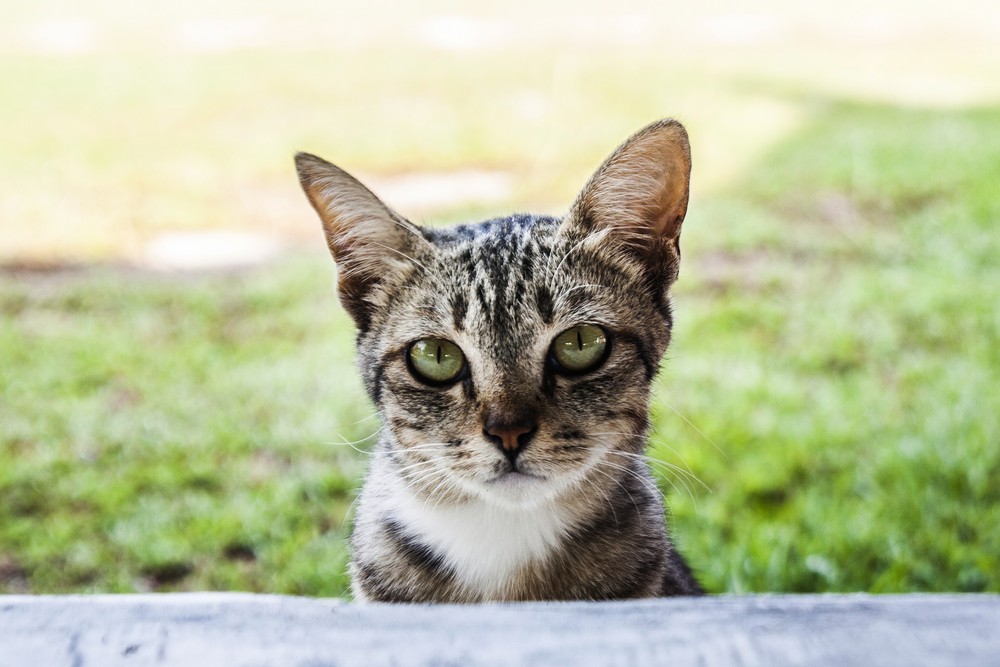
The colon is the section of large intestine that begins at the cecum, the sac that joins the colon to the end of the small intestine (ileum). From there it proceeds to the rectum in the digestive tract. The main purpose of the colon is to serve as a temporary storage conduit for waste products, extracting water and salt from the waste as it passes through and out of the body. When a condition causes the diameter of the colon to become abnormally enlarged, it is medically referred to as megacolon. This condition is associated with chronic constipation, and with obstipation – severe, obstinate constipation that blocks the passage of gas as well as feces. Minimal colonic activity, where the colon is not releasing its contents, is another condition that can lead to abnormal enlargement of the colon.
Megacolon can be a congenital or acquired condition. Cats with congenital megacolon lack normal smooth muscle function of the colon. Megacolon can also be acquired, such as when feces is chronically retained and the fecal water is completely absorbed. The water and matter bond, and the feces becomes solidified within the colon. If concreted feces remains lodged in the colon for a prolonged period of time, distention of the colon will occur, resulting in irreversible colonic inertia (inactivity). Colonic inertia is characterized by the smooth muscle of the colon no longer contracting or expanding to void feces.
Your veterinarian will perform a thorough physical exam. A complete blood profile will be conducted, including a chemical blood profile, a complete blood count, an electrolyte panel, and a urinalysis. The doctor will also perform an abdominal palpation (examination by touch) of the colon, and a manual examination of the rectum, by digital (finger) rectal penetration. You will need to give a thorough history of your cat's health, including a background history, onset of symptoms, and possible incidents that might have precipitated this condition.
Abdominal radiograph imaging is useful for a visual examination of the colon. Recorded images will show whether the colon is full of feces, if there is a mass blockage in the colon, or if there are any other underlying causes of megacolon. An internal examination of the colon, using a lighted tubular instrument called a colonoscope may be performed if obstructive lesions inside the colon, or in the wall of the colon, cannot be ruled out.
Most patients affected with megacolon should be hospitalized for initial fluid therapy, both to rehydrate the body and to correct electrolyte imbalances. The colon can then be gently evacuated. Your veterinarian will administer anesthesia to your cat, and then manually inject warm water enemas and water-soluble jelly, allowing for the easy extraction of feces with a gloved finger or sponged forceps. If the problem is recurrent or especially severe, and is not responding to medical management, as in the case of irreversible colonic inertia, surgery may be necessary to repair the colon. Most cats are cured of recurrent megacolon after undergoing subtotal colectomy surgery.
For cats suffering from megacolon, exercise and activity are strongly encouraged for the health and strength of the digestive and abdominal muscles. A low-residue diet may also help to prevent recurrences of megacolon. Sometimes a high-fiber diet helps as well. Another alternative is to supplement your cat’s regular maintenance diet with veterinarian approved fiber supplements or canned pumpkin (not pumpkin pie filling). Avoid feeding bones to your cat (e.g., chicken, fish) to protect against potential injuries to the colon when pieces of bone are swallowed.
Image: surawach5 via Shutterstock
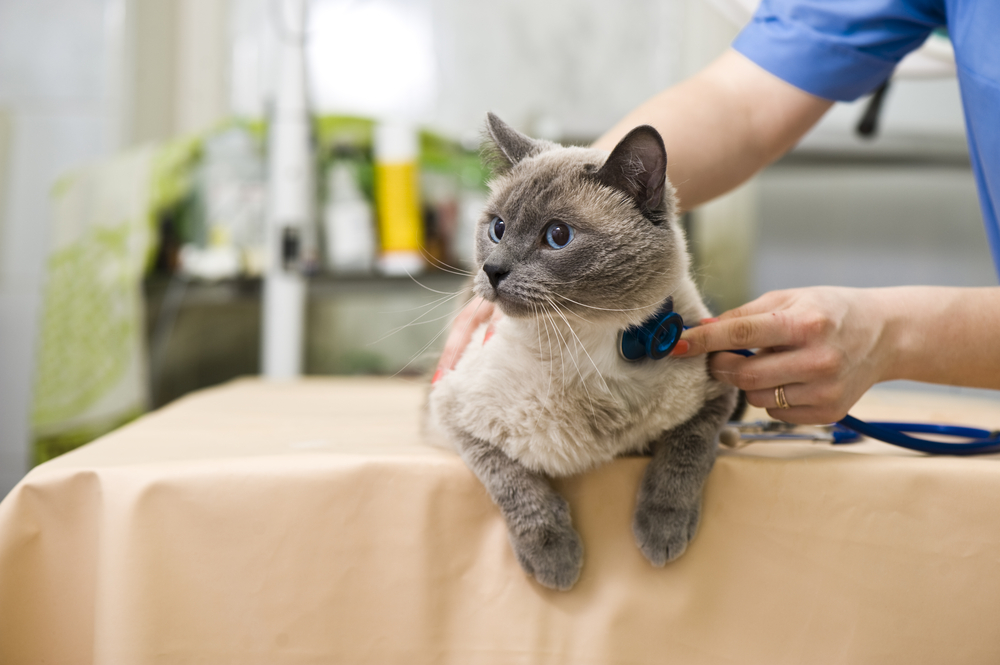 Pyruvate Kinase Deficiency in Cats
A deficiency in the enzyme Pyruvate Kinase (PK) i
Pyruvate Kinase Deficiency in Cats
A deficiency in the enzyme Pyruvate Kinase (PK) i
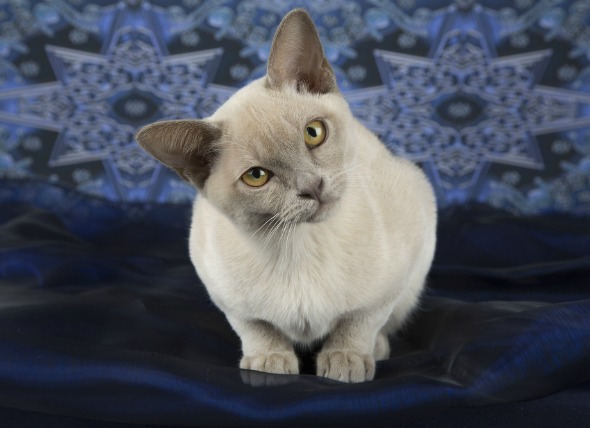 Head Tilt, Disorientation in Cats
Idiopathic Vestibular Disease in Cats
Head tilt i
Head Tilt, Disorientation in Cats
Idiopathic Vestibular Disease in Cats
Head tilt i
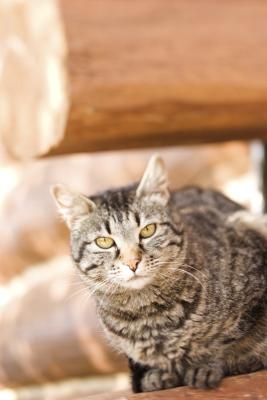 Different Breeds of Tabby Cats
Different Breeds of Tabby Cats
Differe
Different Breeds of Tabby Cats
Different Breeds of Tabby Cats
Differe
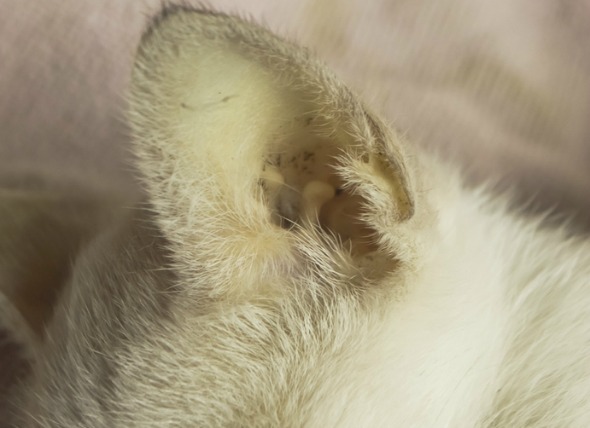 Yellow Skin (Jaundice) in Cats
Icterus in Cats
Icterus (or jaundice) is a yellow
Yellow Skin (Jaundice) in Cats
Icterus in Cats
Icterus (or jaundice) is a yellow
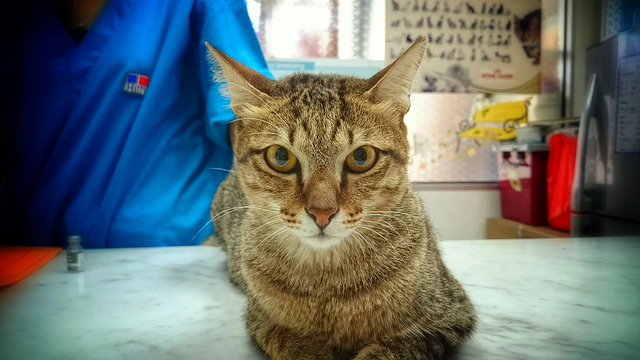 Bile Duct Obstruction in Cats
Bile Duct Obstruction in Cats
Bile is a yellow-green flu
Bile Duct Obstruction in Cats
Bile Duct Obstruction in Cats
Bile is a yellow-green flu
Copyright © 2005-2016 Pet Information All Rights Reserved
Contact us: www162date@outlook.com